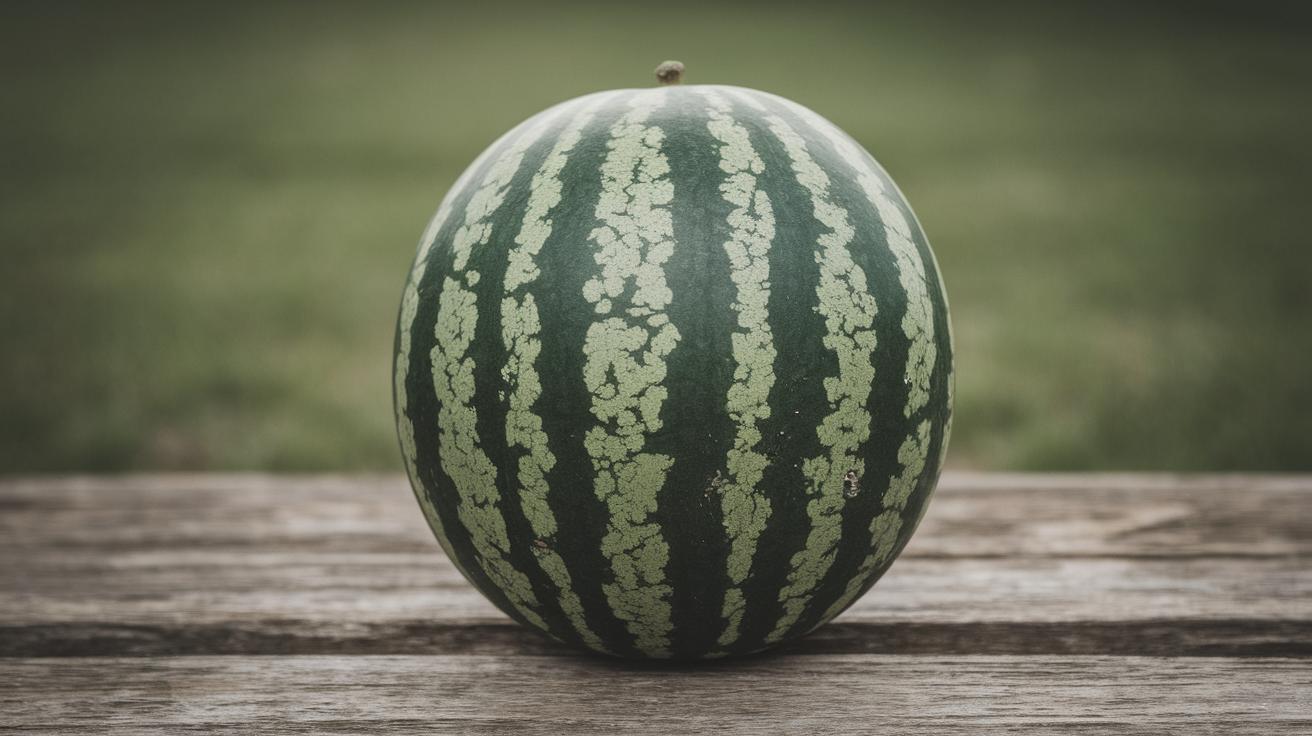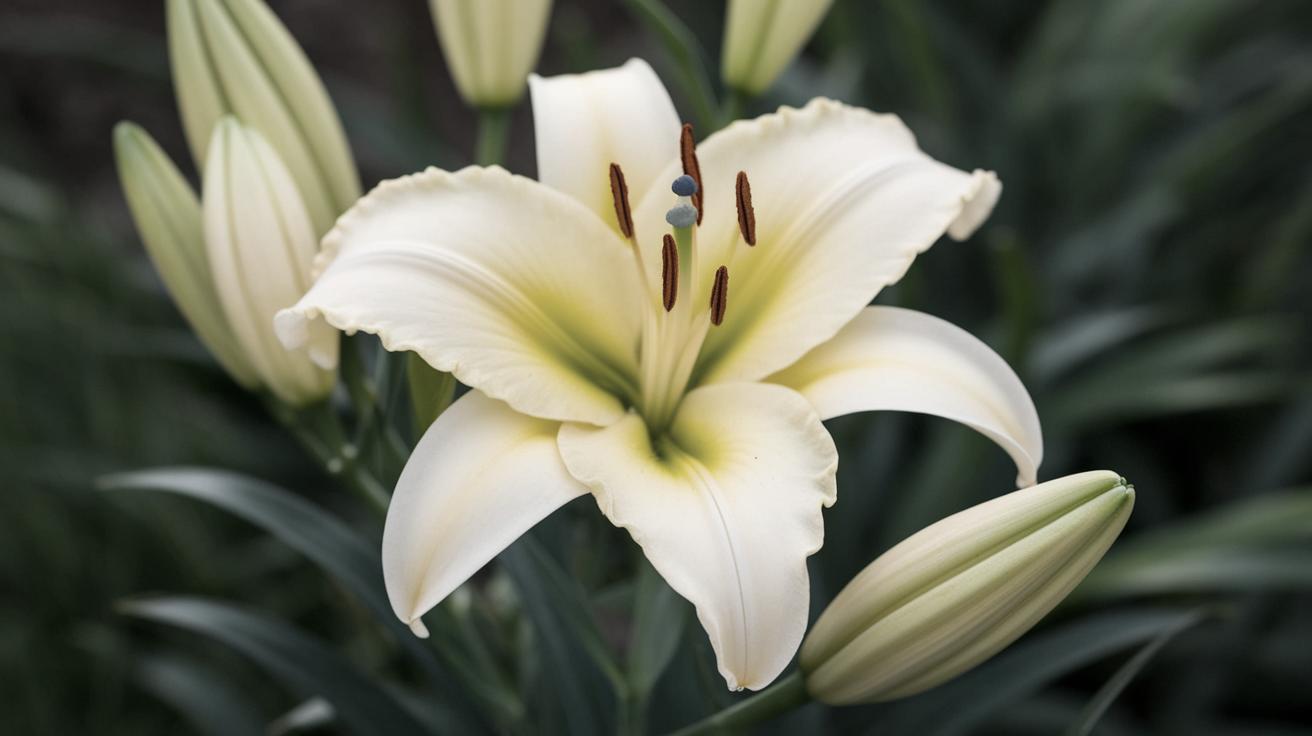Watering Watermelons: A Comprehensive Guide
If you’re keen to grow luscious, juicy watermelons, understanding their watering needs is essential. This blog post delves into each aspect of growing watermelons, from choosing the perfect planting location to mastering the watering schedule. You’ll discover care tips for ensuring your watermelon plants flourish, insight into managing pests, and secrets for harvesting sweet, sizable fruits. Moreover, this guide provides detailed information on the various types of watermelons and frequently asked questions about growing them successfully. Dive into these expert tips and transform your garden into a watermelon haven.
Gardening tips, videos, info and more delivered right to your inbox!
Growing watermelons requires understanding different elements, from planting to care, to ensure your efforts bear fruit. Subscribing to gardening newsletters and online forums can keep you updated with the latest tips and tricks. Many platforms offer video tutorials that visually guide you through each step, making learning more interactive and less daunting.
Online gardening communities also facilitate knowledge exchange. Whether you’re a novice or a seasoned gardener, engaging in these communities can provide valuable insights, keeping you informed about new trends and solutions for common gardening challenges.
Watermelon Overview
Watermelons are warm-weather fruits, beloved for their sweet and refreshing taste. Known scientifically as Citrullus lanatus, they belong to the Cucurbitaceae family, like cucumbers, pumpkins, and squash. These fruits can range in size, skin color, and flavor, offering a delightful diversity for growers.
Beyond their thirst-quenching properties, watermelons are nutritious, rich in vitamins A and C, and low in calories. This makes them not only a popular summertime treat but also a healthy addition to any diet.
Where to Plant Watermelon
Choosing the right location for planting watermelons is crucial. These plants thrive in sunny environments, requiring plenty of warmth and light for optimal growth. Hence, an open area with unobstructed sunlight for most of the day is ideal.
In addition, the chosen area should have good soil quality, preferably sandy loam, which allows for proper drainage. Avoid low spots in the garden, which can collect water and potentially lead to root rot, hampering plant development.
How and When to Plant Watermelon
Timing is key when planting watermelons. They need a long growing season of warm temperatures to fruit successfully. Depending on your climate, sow seeds directly in the garden after the last spring frost, ensuring the soil temperature is at least 70°F (21°C).
Consider planting in raised rows, known as hills, to enhance drainage and increase soil temperature. This formation ensures the roots aren’t waterlogged, and the mounds provide an ideal growing condition to support robust root systems.
Watermelon Care Tips
Light
Watermelons require full sun to prosper. A minimum of six to eight hours of direct sunlight daily is essential for developing healthy leaves and promoting fruiting. The more sunlight the plant receives, the sweeter and larger the watermelon can grow.
Monitoring sun exposure throughout the day can help identify the best spot for planting. Consider seasonal changes in sunlight and adjust planting locations accordingly for optimal light access.
Soil and Water
Watermelons flourish in loose, sandy, well-draining soil with a pH range of 6.0 to 6.8. Enriching your soil with organic matter like compost can heighten nutrient availability. Regularly testing soil for sufficient fertility will also aid in robust plant growth.
Consistent watering is crucial, especially during flowering and fruiting stages. On average, watermelons need 1 to 2 inches of water per week, depending on rainfall and climate conditions. Installing a drip irrigation system can help maintain adequate moisture levels efficiently.
When to Water Watermelons
Proper watering begins with an understanding of the plant’s lifecycle. Young watermelon plants require regular watering to establish their root systems. However, as the plants mature, reducing the frequency but maintaining deep watering encourages deeper root growth.
The critical period for watering is when the fruit is setting and growing. Ensure the soil remains moist but not waterlogged, as overwatering can decrease fruit quality and flavor.
How to Water Watermelon Plants
Temperature and Humidity
Watermelon plants prefer warm temperatures ranging from 70°F to 85°F (21°C to 29°C). High humidity can cause diseases; therefore, ensure good air circulation around the plants. Covering the soil with mulch can regulate moisture and temperature levels effectively.
Extreme temperature fluctuations may impact plant health. Using row covers during cold snaps or extreme heatwaves can protect your plants from undue stress and potential damage.
Fertilizer
Feeding your watermelon plant with the right fertilizers boosts its growth and yields. A balanced fertilizer with nitrogen, phosphorus, and potassium supports vigorous development. Apply it at planting and as the vines begin to run.
Be wary of over-fertilizing, especially with nitrogen, as this may result in lush foliage but fewer fruits. Soil testing can provide precise nutrient requirements, facilitating targeted feeding schedules.
Pruning
Pruning watermelon plants can help manage growth and encourage better air circulation, reducing disease risks. Remove weak or damaged vines to direct the plant’s energy toward producing healthy fruits.
Avoid heavy pruning, as watermelons rely on leaves for photosynthesis. Instead, focus on strategic pruning to maintain plant health and productivity.
Potting and Repotting
If growing watermelons in containers, ensure the pot is large enough to accommodate robust root development. A container with a capacity of at least 5 gallons (19 liters) can support the plant’s growth needs thoroughly.
Repotting becomes necessary when the plant outgrows its current container. Carefully transplant to avoid root damage, maintaining a consistent watering and fertilizing routine post-transplantation.
Pests and Problems
Watermelons can be susceptible to pests like aphids, squash bugs, and cucumber beetles. Regular inspection of the foliage and applying organic or chemical treatments at the first sign of infestation can prevent significant damage.
Fungal diseases like powdery mildew can be problematic. Ensuring proper plant spacing for airflow, avoiding overhead watering, and applying fungicides can mitigate these issues effectively.
How to Propagate Watermelon
Propagating watermelons is primarily through seeds. Begin indoors if your growing season isn’t long enough by placing seeds in starter pots before the last frost date. Transplant seedlings outdoors once temperatures stabilize.
Maintaining consistent moisture and warmth during germination accelerates the process, leading to vigorous seedlings ready for transplantation.
How to Get Sweet Watermelons
Sweetness in watermelons largely depends on their genetics, but environmental factors also play a significant role. Consistent watering, proper sunlight, and balanced nutrition contribute to the development of sugar content in the fruit.
Harvesting watermelons at their peak ripeness ensures maximum sweetness. Indicators include a yellow belly, a dead tendril next to the fruit stem, and a hollow sound when tapped.
How to Grow Seedless Watermelons
Growing seedless watermelons requires planting triploid seeds. These seeds result from crossing diploid and tetraploid parents, producing almost seedless fruit. Start seeds indoors before transplanting them outdoors after at least 70°F temperatures are achieved.
Seedless varieties may require a pollinator, usually a regular seeded variety, to ensure fruit setting. Managing these aspects properly can yield successful seedless watermelon crops.
Harvesting Watermelon
Knowing when to harvest is crucial to enjoy watermelons at their best. Look for signs such as a dull thud when tapped, a yellow ground spot, and the tendril nearest the fruit becoming brown and dried.
Carefully cutting the fruit from the vine avoids damaging either the fruit or the plant. Proper storage in a cool area extends the post-harvest life of your watermelons, allowing you to relish in your hard-earned harvest over a longer period.
Types of Watermelon
‘Crimson Sweet’ Watermelon
This popular variety boasts a bright red flesh with a sweet, refreshing flavor, accompanied by a classic striped rind. Typically, ‘Crimson Sweet’ watermelons grow to an average weight of 20-25 pounds, making them a favorite for large gatherings.
The plant’s robust nature and resistance to fusarium wilt and anthracnose diseases make it a reliable choice for both beginners and seasoned gardeners.
‘Jubilee II Hybrid’ Watermelon
Known for its elongated shape and flavorful red flesh, the ‘Jubilee II Hybrid’ is a standout among gardeners. It weighs similarly to ‘Crimson Sweet’, making it suitable for a substantial serving option at picnics.
This variety excels in heat tolerance, proving resilient in warmer climates, which is a vital trait for those in sunnier regions aiming to grow watermelons.
‘Moon and Stars’ Watermelon
‘Moon and Stars’ is aptly named for its unique dark green skin adorned with yellow spots, resembling celestial bodies. Its flesh is a deep red, offering a distinctively sweet flavor.
Beyond aesthetics, the vines of this variety can also be visually appealing, adding another layer of charm to any garden setting.
‘Sugar Baby’ Watermelon
The ‘Sugar Baby’ watermelon is synonymous with compactness, where its smaller size doesn’t compromise its sweetness. Weighing around 8-10 pounds, it fits conveniently into smaller spaces or container gardening.
This variety is favored for its early maturation, giving gardeners a quick turnaround time to enjoy their labor’s fruits.
‘Sweet Beauty Hybrid’ Watermelon
This hybrid is celebrated for its high sugar content, delivering an impeccable sweetness with fine-textured flesh. With its moderate size, it provides a manageable yet generous yield, typical for family settings.
The ‘Sweet Beauty Hybrid’ has robust growth characteristics, adapting well to different environmental conditions, ensuring a consistent fruiting season.
‘Tiger Baby’ Watermelon
‘Tiger Baby’ watermelons are admired for their yellow-orange rinds and vibrant, sweet red flesh. Their small, personal sizes make them ideal for individual servings or quick family fixings.
This variety is also of interest due to its relatively short growing season, making it a practical choice for those with tighter schedules.
‘Yellow Doll Hybrid’ Watermelon
The ‘Yellow Doll Hybrid’, with its sunny yellow flesh and high sugar content, provides a unique alternative to the traditional red watermelon. Weighing between 5-7 pounds, it is perfect for smaller spaces.
Its early maturity and distinctive coloration make it a wonderful addition to any gardener’s repertoire, promising a visually arresting and delicious harvest.
Frequently Asked Questions
One common question about watermelons is why they need so much water. Water is integral to their growth cycle, especially during fruiting. Another frequent enquiry concerns how to increase sweetness; focusing on soil health, sunlight, and timely harvesting significantly impacts flavor.
Gardeners often ask how to determine ripeness without picking the fruit prematurely. Observing the ground spot’s color change and listening for a hollow sound when tapped are reliable methods.
Next Steps
| Aspect | Key Tips |
|---|---|
| Location | Choose a sunny spot with well-draining soil. |
| Watering | 1-2 inches per week; increase during fruit setting. |
| Planting Time | After last frost, when soil is warm (70°F+). |
| Pests | Monitor for aphids and beetles; apply treatments if needed. |
| Variety Selection | Consider size, flavor, and climate adaptability. |


